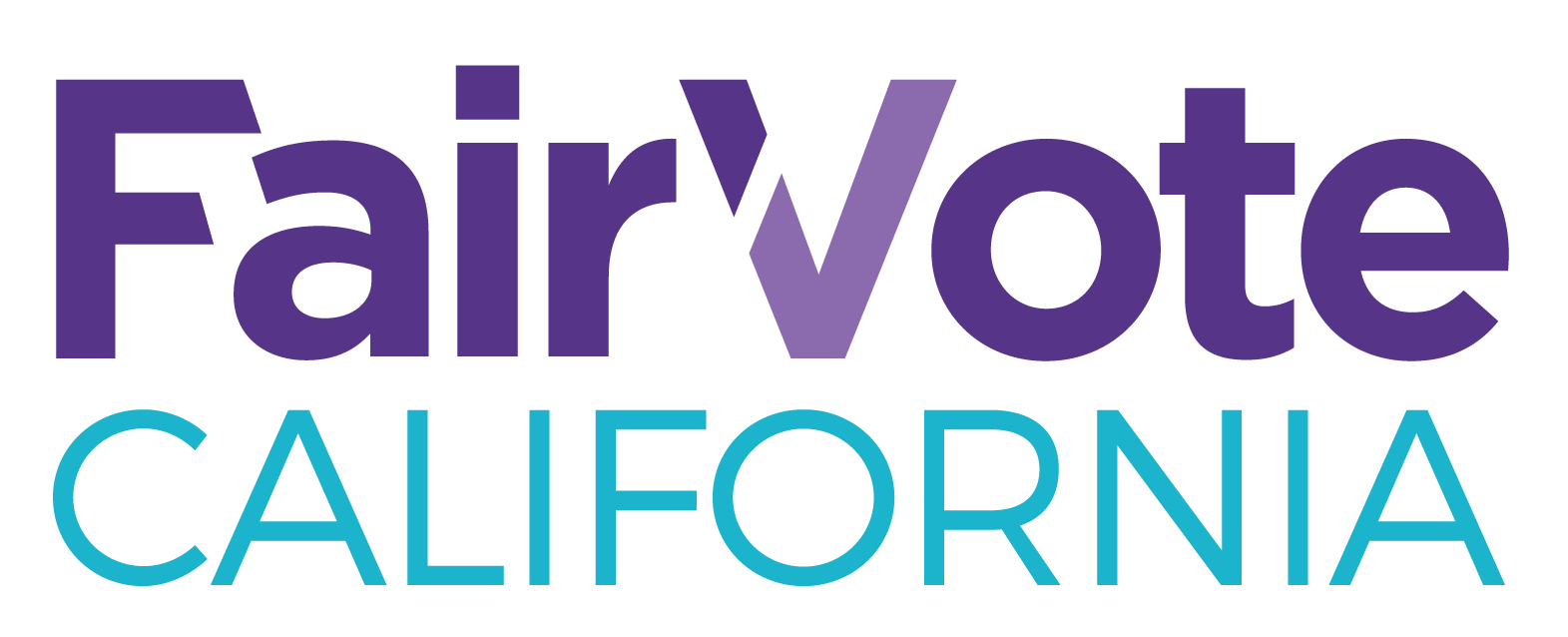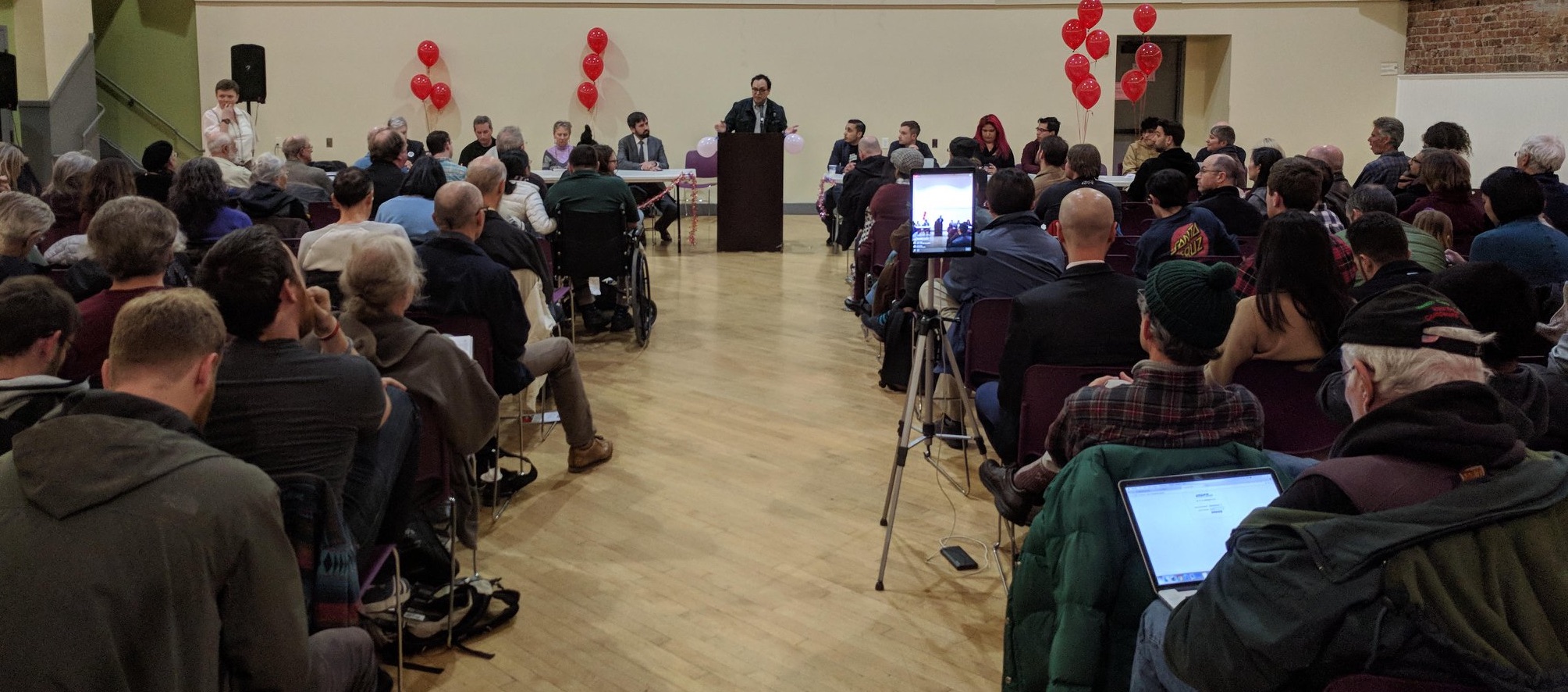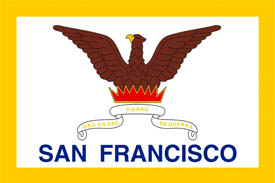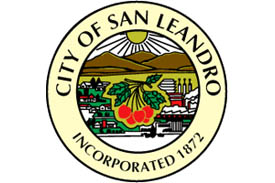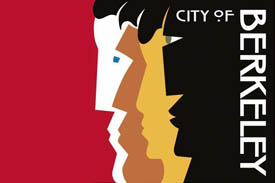Berkeley - Davis - Los Angeles - Oakland - Santa Cruz - San Diego - San Francisco - San Leandro
California has passed electoral innovations involving primaries, voter registration, voting rights, and redistricting and we should continue to lead the nation in change to fairly reflects our state and nation’s vibrant diversity. San Francisco, Oakland, Berkeley, and San Leandro, are the first cities to adopt ranked choice voting in California. Ranked choice voting has led to greater diversity among elected officials, particularly for women and people of color, promoted fairness, eliminated vote splitting known as the spoiler effect, reduced election cost, and fostered civil elections.
It's time to take the next step. FairVote California is supporting more cities in California in adopting ranked choice voting as well as organizing state wide reforms. Together, we can serve as a model for the rest of the nation. Join us today.
-
From the blog
General law cities should have fair representation too
Read more
Last November, the city of Hesperia held its first set of district elections. In a district where Latinx voters comprise half the citizen voting age population, voters spread their votes among four Latinx candidates, resulting in a white candidate winning with only 34.92 percent of the vote, while his four Latinx opponents nearly doubled his vote total.
There are elections with outcomes like this all over California. In an analysis by California Common Cause, 13 percent of winning candidates elected in single-seat elections between 2006 and 2014 were elected without majority support. Winning with less than a majority can undermine voter confidence in local government. Most voters chose someone other than the person installed in public office.
That isn’t fair representation. It’s winner-take-all, even if the winner isn’t liked by most people.
Statement on the Passing of Antonio Gonzalez, President of Southwest Voter Registration Education Project
Read more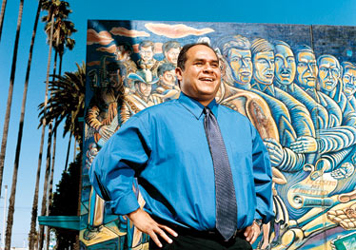 (Image Source: Time)
(Image Source: Time)FairVote California expresses its condolences with the family, colleagues, and wide community of allies of Antonio Gonzalez, president of the Southwest Voter Registration Education Project (SVREP), and of the William C. Velasquez Institute (WCVI), who passed away on Sunday, November 11th.
Ranked Choice Voting - Defined
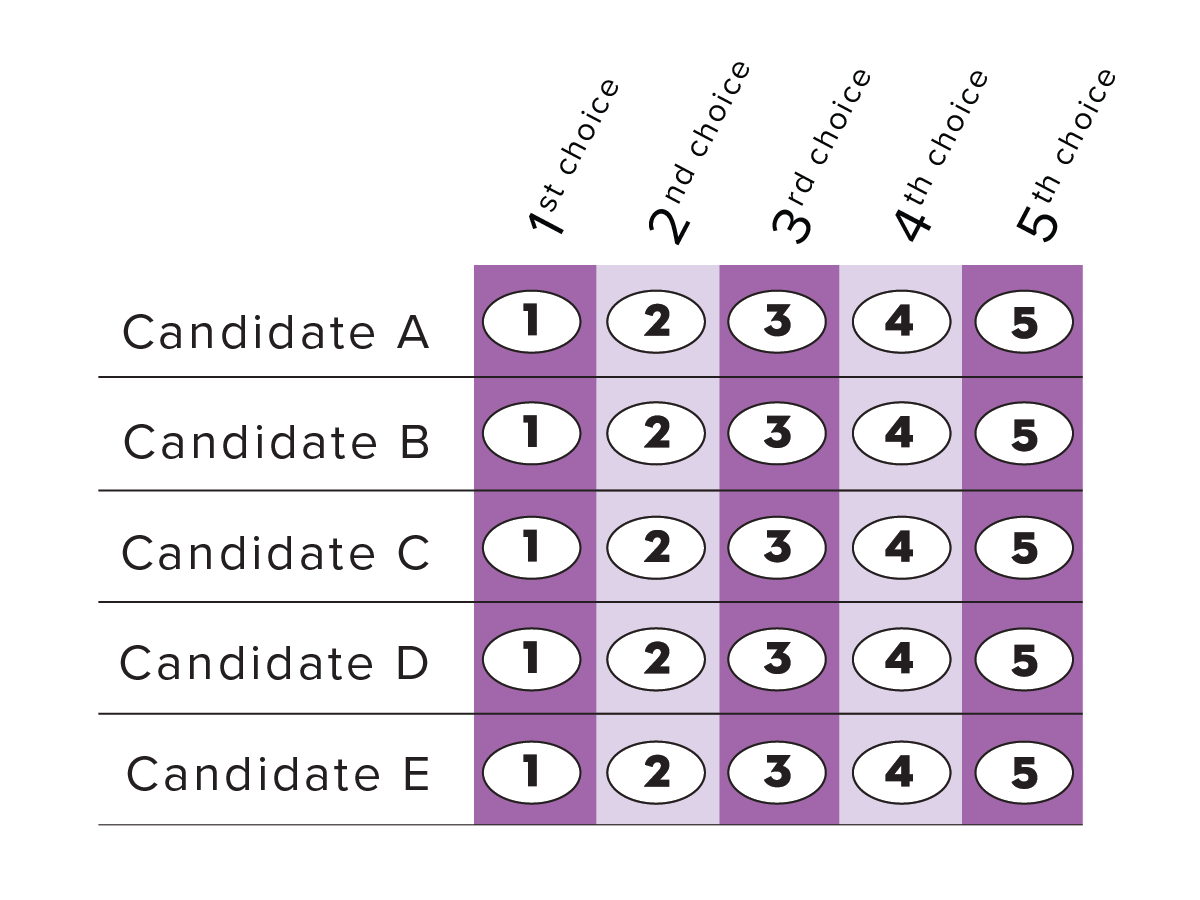 |
Rank candidates in order of preference. Fill in one oval per candidate and one oval per choice. Ranked choice voting (RCV), also known as instant runoff voting, gives voters the freedom to rank candidates in order of preference. In many California cities, representatives are elected with a plurality, primary, or runoff system. This means a slim majority can elect all of the seats. This isn’t fair representation and leaves many voters without a voice. RCV maximizes every vote because if your favorite candidates can’t win, your vote counts for your next choice. |
Fair Representation
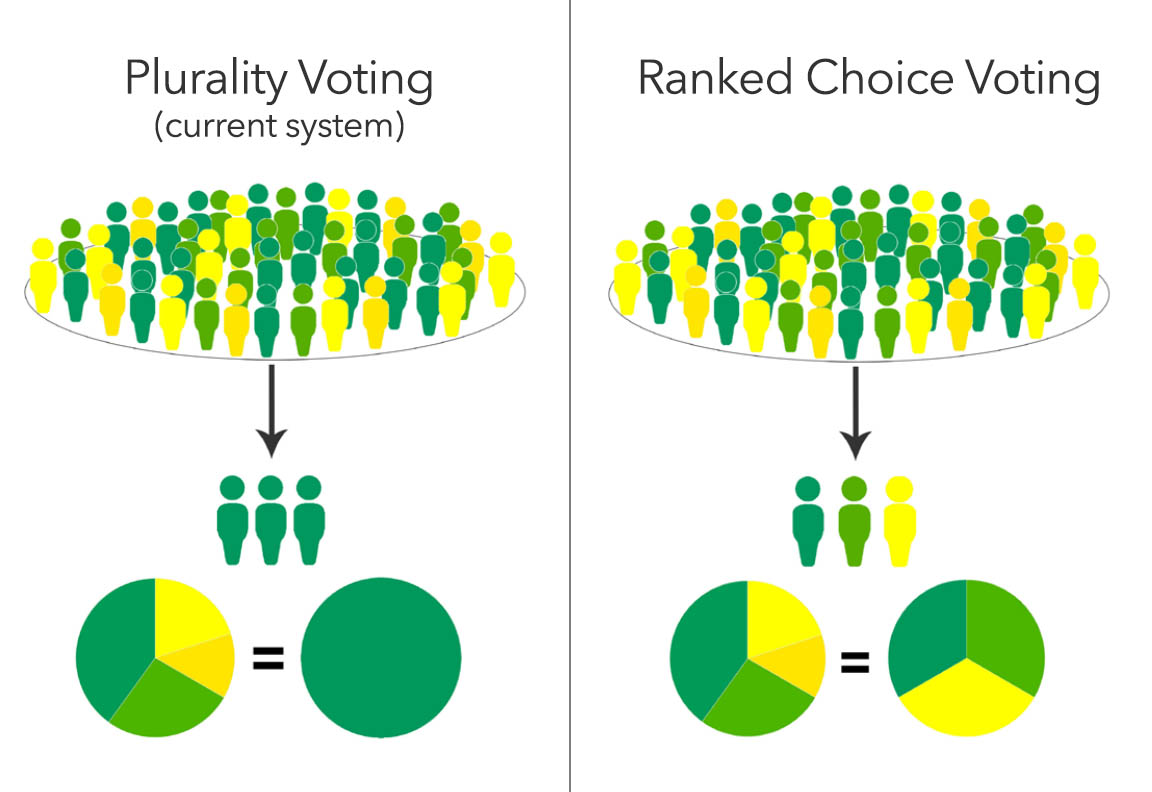 |
In current at-large elections 50.01% of voters can win 100% of the representation. This can mean political and racial minorities and entire neighborhoods could have no representation. By using ranked choice voting, voters in the majority and the minority can elect their fair share of seats. Everyone has an equal vote, and nearly everyone has their vote count for a winner. |
Research
Ranked Choice Voting Reduces Negative Campaigning
 |
This poll by Eagleton of Rutgers university surveyed 4,800 voters. Just 5.2% of respondents in RCV cities said candidates spent "a great deal of time" criticizing opponents, compared to 25.3% of respondents in non-RCV cities. This represents an 80% reduction in negative campaigning. Ranked Choice Voting in Practice: Candidate Civility in Bay Area Elections, November 2014 |
Ranked Choice Voting Increases Candidate Diversity
60cf.png?1558649674) |
RCV’s positive effects can be related to how often it replaces low, unrepresentative, turnout elections and that it allows for multiple candidates appealing to the same community to run without splitting the vote. How Ranked Choice Voting Affects Women and People of Color Candidates in California |
Ranked Choice Voting is Easy to Understand
 |
Jerry Brown called ranked choice voting "overly complicated and confusing" when he vetoed the popular SB 1288 that would have allowed general law cities and counties in California to adopt the voting method. In FairVote's 2015 report, each of the 24 ranked choice voting elections held across the country in November 2014, over 99% of voters cast a valid ballot. California's unique top-two primary has led to far more invalid ballots than ranked choice voting. Voters Understand Ranked Choice Voting - Evidence from Voter Surveys and Official Election Results |
